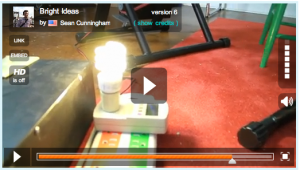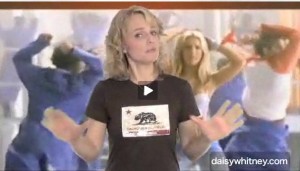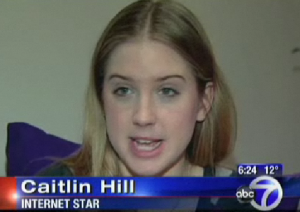I used to write quite often about online-video contests because for many brands, that was their online-video strategy. It’s similar today when brand’s create a Facebook page to check off that nagging “social media” objective.
A lot’s changed in the past years, and Jared “The Video Contest King” has reengaged, even musters up some praise for Poptent (the video contest site he’s criticized before). I found this quote especially interesting…
Yes, $7,500.00 for a contest victory for three weeks work is decent pay, but if you really worked for three months, because it is the true frequency rate of your ‘wins’, than you now are netting about $26,000 per year. I pay more than that in rent alone.
This is a good reminder that, with some certain exceptions among recurring Poptent winners, few are making a “living” with online-video contest winnings.
Key Point: I would urge those pursuing contests to do so as a) a creative outlet, b) a way to build a good reel, and c) an additional income source. This is true for YouTube as well… a handful of stanky rich creators making way more than your salary and mine combined. Lots of people making what we’d consider a fantastic second income. But if money is the primary motivator, it’s not a safe bet.

In other contest news…
- Amazing Justin and his new bride are still keeping the aggregator fresh, and even allows creators to profile and received customize information about contests.
- Beardy’s “Video Contest News” has some nice coverage, and even offers occasional production tips (I liked this one since I’m always having audio problems with my DSLR camera as a primary video recorder). We like Beardy’s homeless theme, which reminds us of our WillVideoForFood name.
- Poptent Neil Perry told me the company has received increased investment, hired a team of sales people, and are beginning to attract larger brands that align with the company’s original vision (where the content is used on television not just online-video).
- Weeks ago (during PattyTube) we crashed the Poptent office and binged on loads of new contest entries. Years ago many looked like bad CableTV ads, but the ones we watched were damned-well close to agency work. Common- who else loved the “Sour Patch Cannibals“?
- Collaborations by independent creators with specific talents — like writing, acting, production, editing, music — are on the rise according to Tim Breslin, the mad genius behind Poptent’s technology.
- King Jared teamed with Joel Berry (aka Tavin Dillard on YouTube) to create a Poptent entry for Trident Gum (titled “Grease Monkey Business,” which is a far cry better than the “consumer-generated” entries of past.




